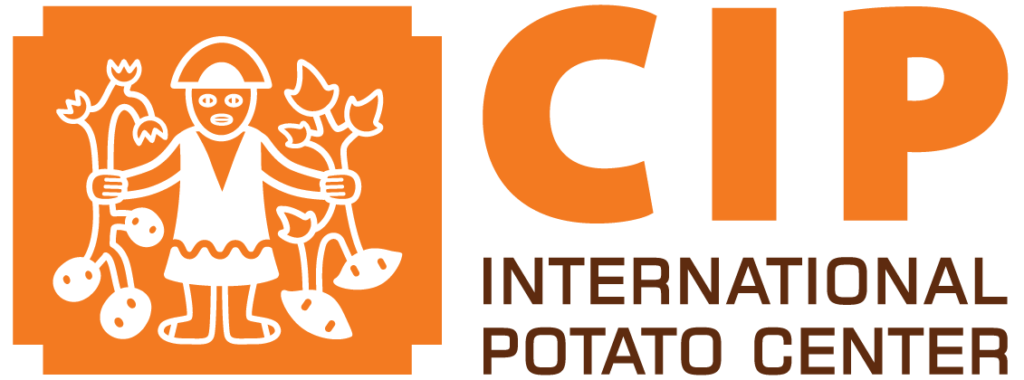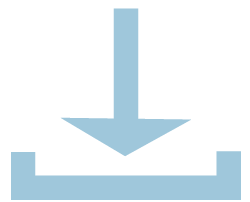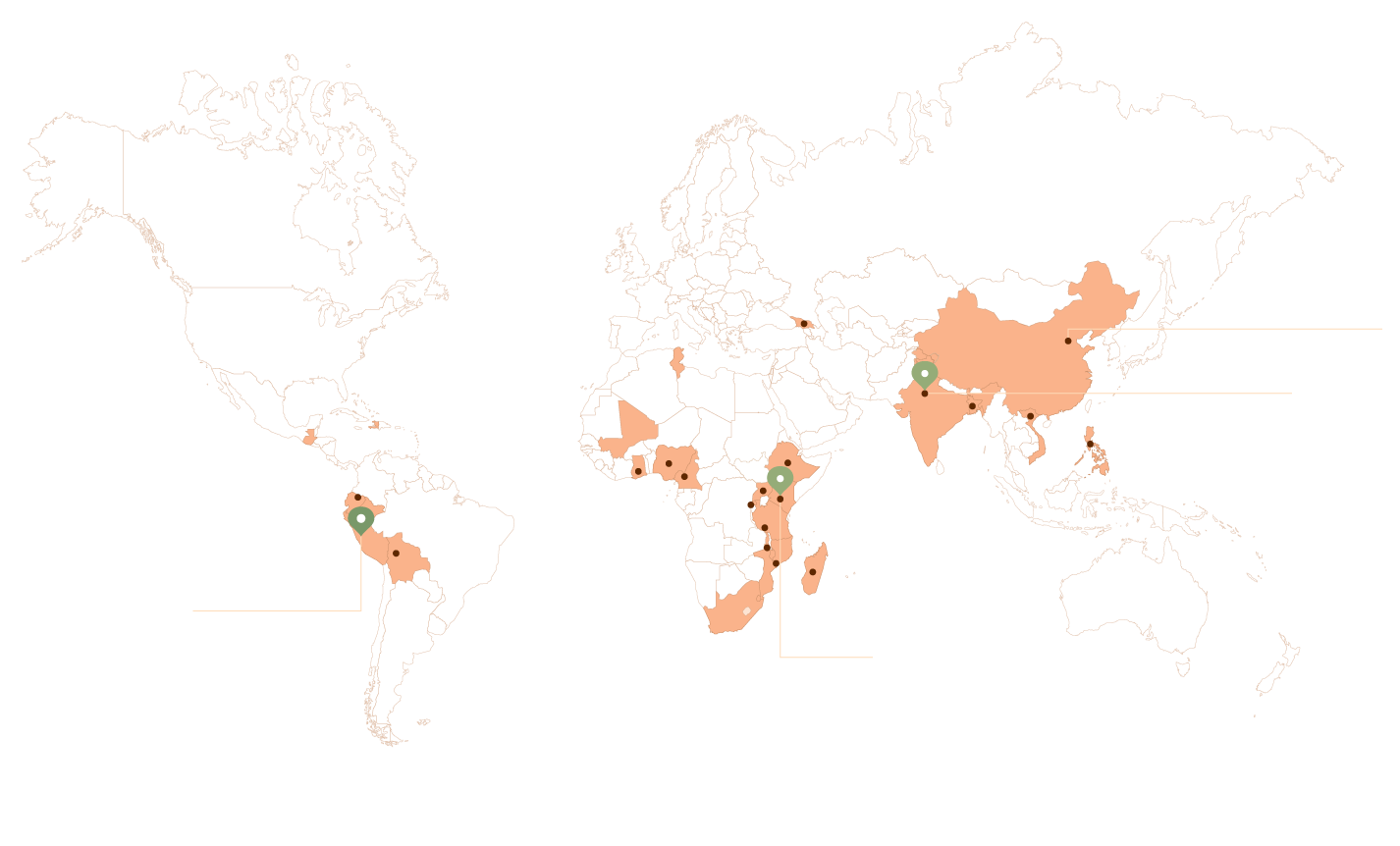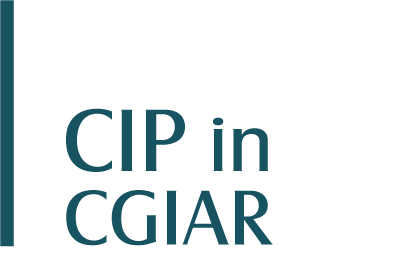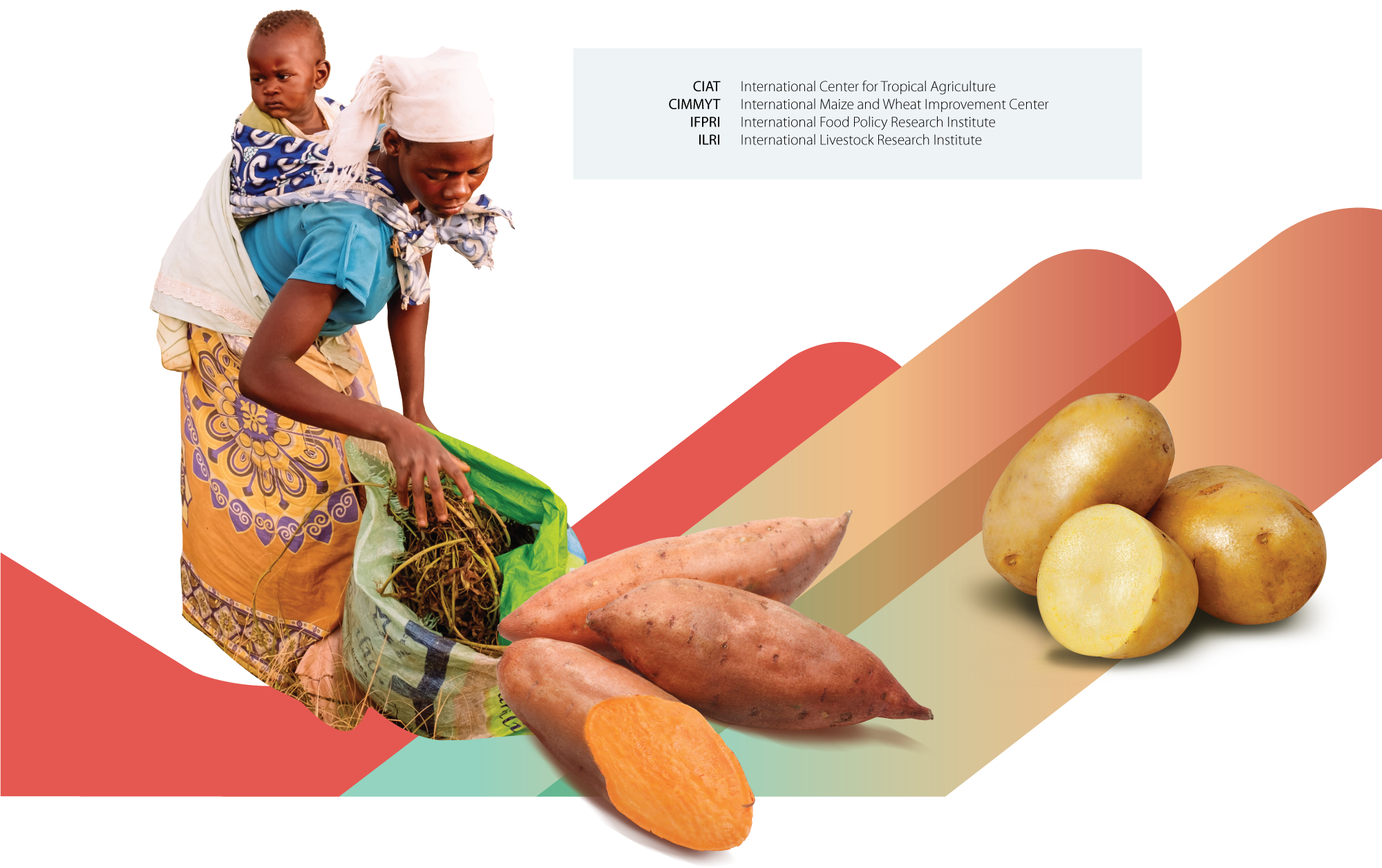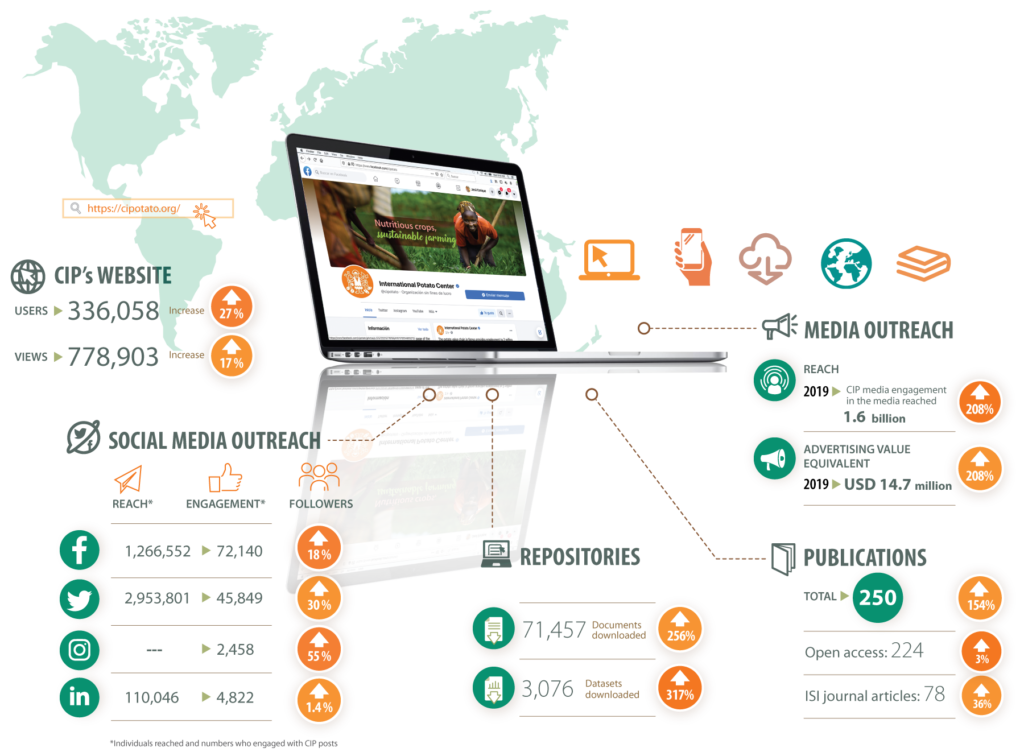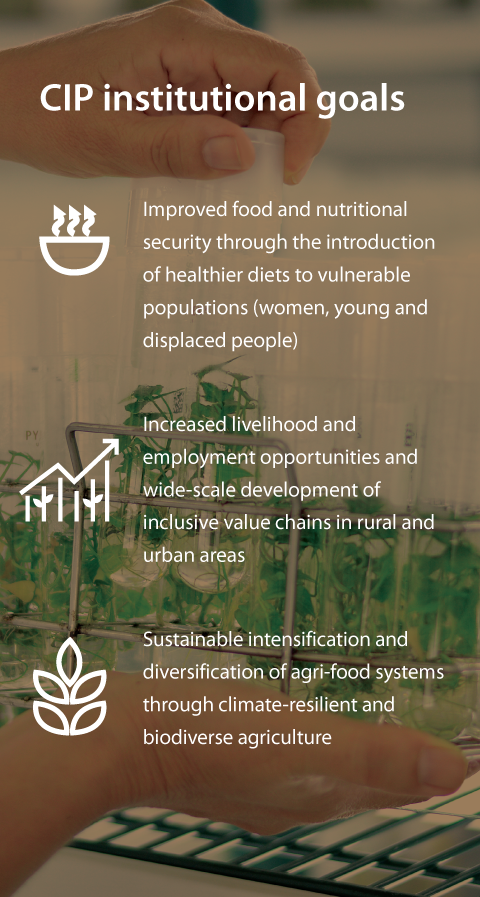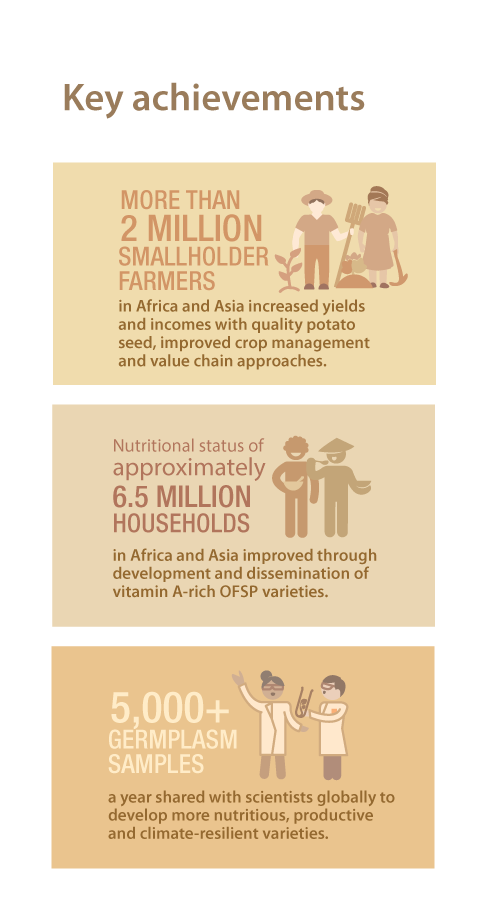
Country offices
CIP staff
Nationalities
Partners

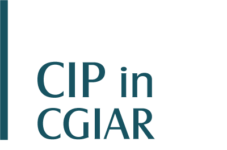
CGIAR is a global partnership that unites organizations engaged in research for a food secure future. With 15 centers around the world, CGIAR is dedicated to reducing rural poverty, increasing food security, improving human health and nutrition and ensuring more sustainable management of natural resources. Tackling these challenges, which are at the heart of the United Nations Sustainable Development Goals, requires research to identify state-of-the-art solutions and effective partnerships to deliver them.
The CGIAR Research Portfolio is structured around two interlinked clusters of challenge-led research programs: agri-food systems and global integrating programs. CIP leads the agri-food system CGIAR Research Program on Roots, Tubers and Bananas and participates in several global integrating programs. CIP also works closely with the CGIAR research support platforms.
CGIAR Research Programs
Roots, Tubers and Bananas
Led by CIP
- Genetic resources
- Productive varieties and quality seed
- Resilient crops
- Nutritious food and added value
- Improved livelihoods at scale
Policies, Institutions and Markets
Led by IFPRI
- Technological innovation and sustainable intensification
- Inclusive and efficient value chains
- Social protection for agriculture
- Gender research
Climate Change, Agriculture
and Food Security
Led by CIAT
- Priorities and policies
- Climate-smart technologies and practices
Agriculture for Nutrition and Health
Led by IFPRI
- Food systems for healthier diets
- Biofortification
CGIAR Platforms
Big Data
Led by CIAT
- Data generation, access and management
- Big data and agricultural development
- Big data analytics
Genebank Platform
Led by the Global Crop Diversity Trust
- Conservation, use and policy
- Quality management, Information systems
- Germplasm health
Excellence in Breeding
Led by CIMMYT
- Product design and management
- Genotyping and phenotyping tools and services
- Bioinformatics, biometrics and data management
Gender Platform
Led by ILRI
- Research informs food system development
- Methodologies to achieve gender equality
- Alliances to strengthen outcomes
| CIAT | International Center for Tropical Agriculture |
| CIMMYT | International Maize and Wheat Improvement Center |
| IFPRI | International Food Policy Research Institute |
| ILRI | International Livestock Research Institute |
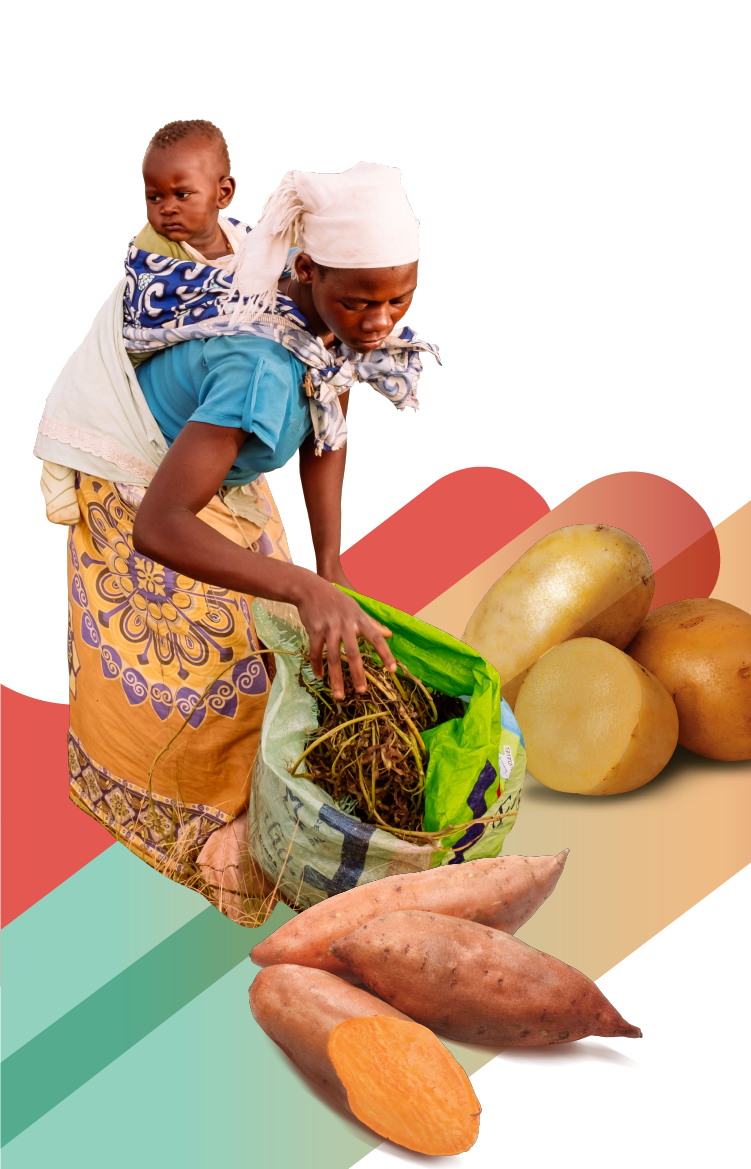
Our powerhouse crops
Potato
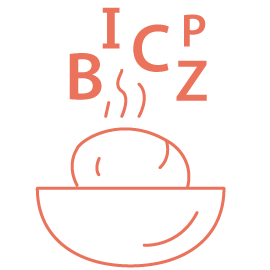

China is the world’s largest producer, harvesting more than 73 million tons of potato a year.

More than a billion people worldwide eat potato as a staple food.

Potato can grow in almost any climate, from sea level to about 4,000 meters above sea level.

There are 5,000 different varieties of potato in CIP’s genebank, half of them can only be found in Peru.

Potato is the third most important food crop after rice and wheat and produces more calories per hectare than either of those grains.

Potato produces more food per unit of water than any other major crop.
Sweetpotato

Just 125 g of fresh orange-fleshed sweetpotato contains enough beta carotene to provide the daily vitamin A needs of a preschool-aged child. The crop is also a valuable source of vitamins B, C, and E.

Sweetpotato is also a healthy, cheap animal feed. Studies suggest that livestock fed on sweetpotato vines produce less methane, meaning its use could potentially mitigate global warming.

More than 105 million tons are produced globally each year, with 95% in developing countries.

Worldwide, sweetpotato is the sixth most important food crop after rice, wheat, potato, maize and cassava, but it ranks fifth in developing countries.

Sweetpotato is a storage root, not a tuber like the potato.

Sweetpotato can grow at altitudes from sea level to 2,500 meters above sea level, and comes in varieties ranging in color from white to yellow, orange or purple.

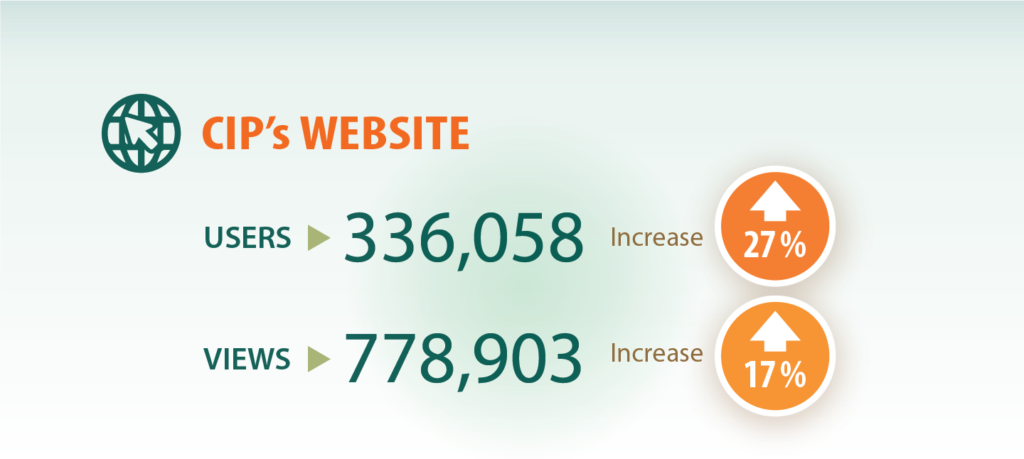
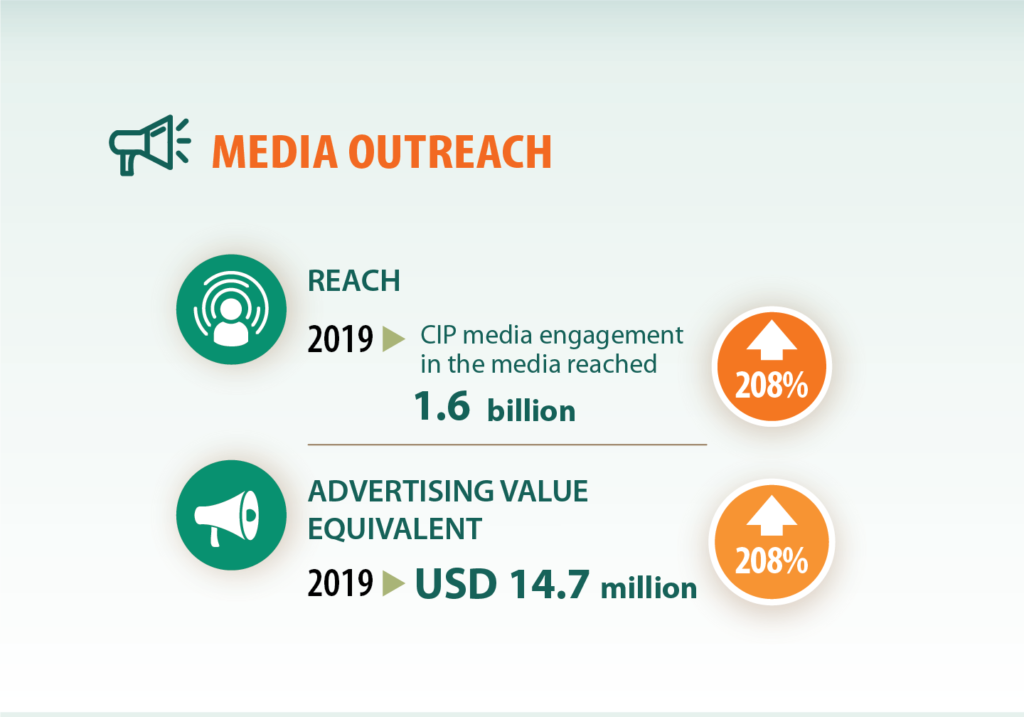
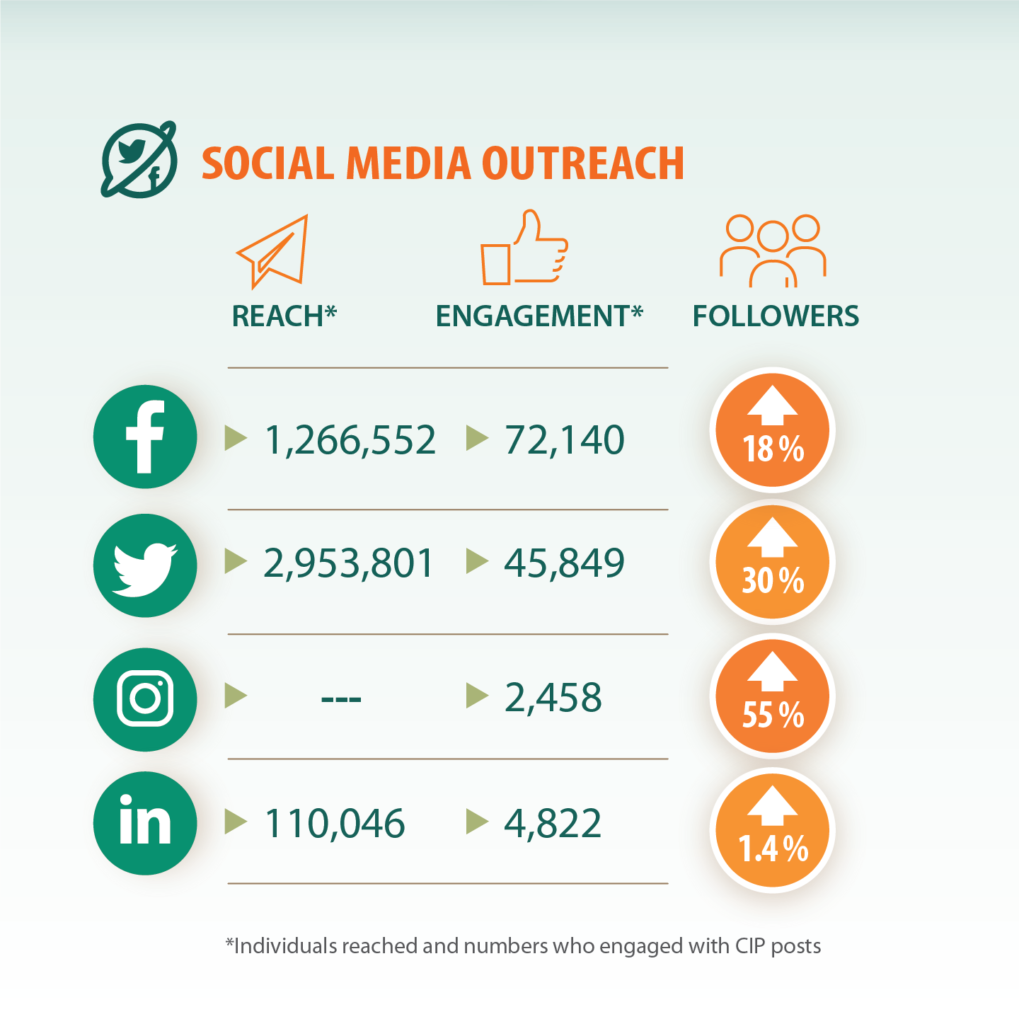

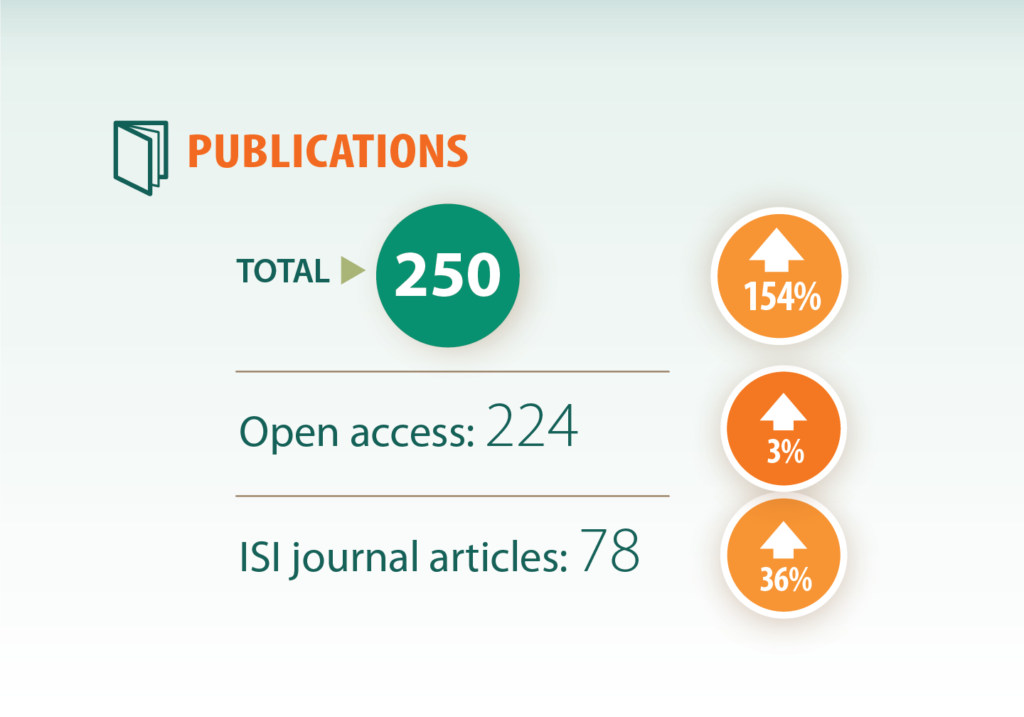
Social reach of scientific publications
2019 marked an outstanding year for CIP’s contribution to scientific knowledge as CIP scientists authored (or coauthored) 80 papers published in 66 different journals, nearly all of which are internationally recognized. In keeping with CIPs mandate to serve the public good, 56 of those articles (70%) are open access, freely available to all readers. The Altmetric scores below reflect not only the quality of the research but its relevance in on-going discussions in mass media, social media and public policy documents.
CIP publications are available to the public in CGSpace, the CGIAR’s research repository.
TOP 5
Altmetric scores

The origins and adaptation of European potatoes reconstructed from historical genomes
Nature Ecology & Evolution
https://hdl.handle.net/10568/102100

Crop variety management for climate adaptation supported by citizen science
Proceedings of the National Academy of Sciences of the United States of America
https://hdl.handle.net/10568/99504

The new potato
Science
https://hdl.handle.net/10568/99352

A taxonomic monograph of Ipomoea integrated across phylogenetic scales
Nature Plants
https://hdl.handle.net/10568/106083

Understanding the consequences of changes in the production frontiers for roots, tubers and bananas
Global Food Security
https://hdl.handle.net/10568/100098

